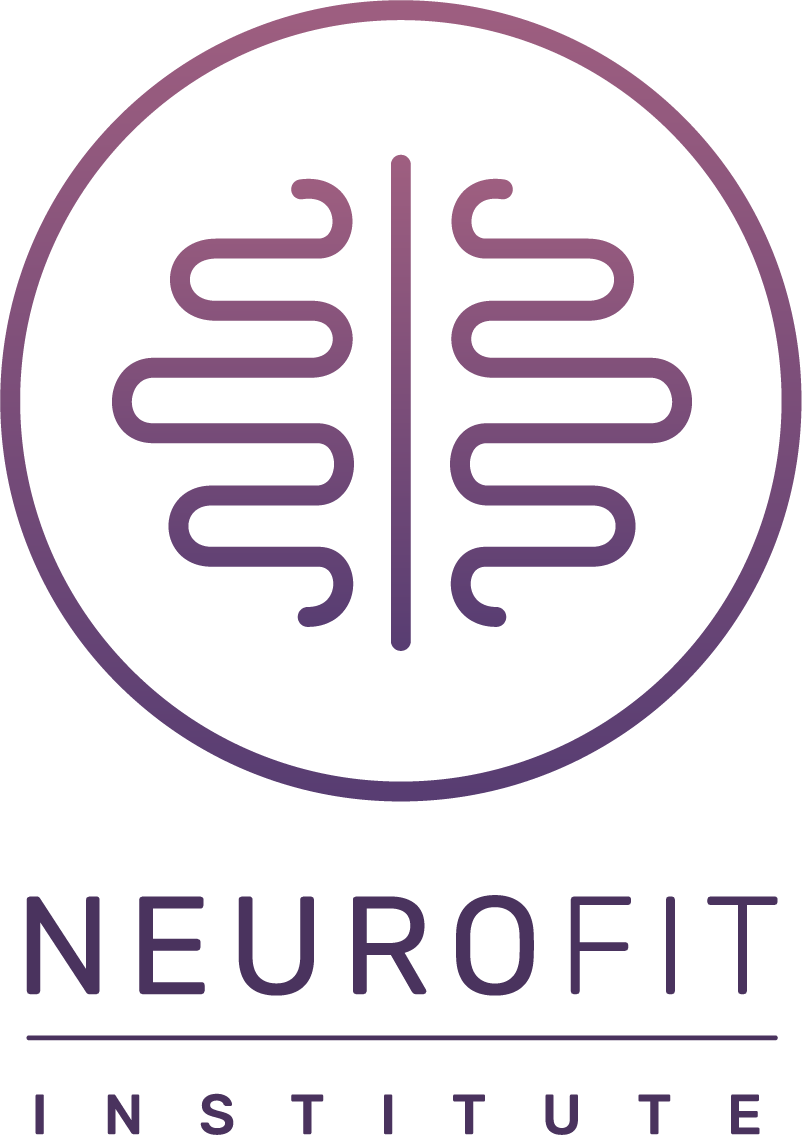Free Infant Motor Development Screening
Do you want to know if your baby is on track with their motor milestones? This free screening is for babies under the age of 19 months.
Book your FREE 30-minute IN PERSON screening here
Free Torticollis & Plagiocephaly Screening
Torticollis, also known as "wryneck" and plagiocephaly (“flat head syndrome”) usually occur together and oftentimes are indicative of a movement restriction.
Babies with torticollis and/or plagiocephaly tend to have a hard time keeping their head in line with their trunk. They demonstrate a head tilt and a preference for turning their head to one direction. They might have difficulty breastfeeding or taking the bottle from one side. They might prefer to move in one direction only. They might also demonstrate an early hand preference, which is not typical for infants.
Early identification of torticollis and plagiocephaly is key because intervening early leads to shorter treatment duration and better outcomes.
This free 30-minute screening includes neck range of motion and strength testing, head shape screening, and a motor development screening test. Results will be discussed with the parents/caregivers, and evidence-based recommendations will be made.
Book your FREE 30-minute IN PERSON screening here























